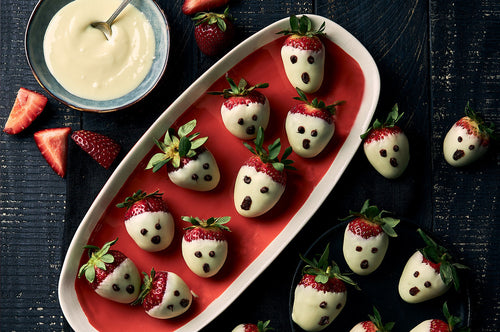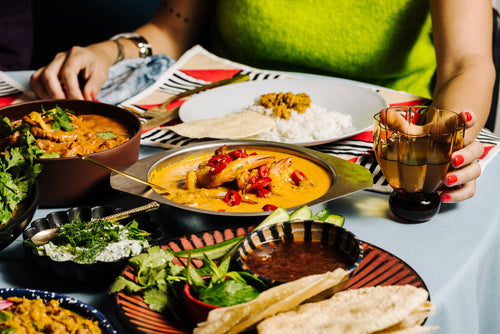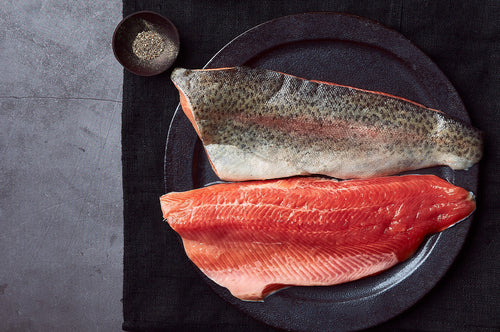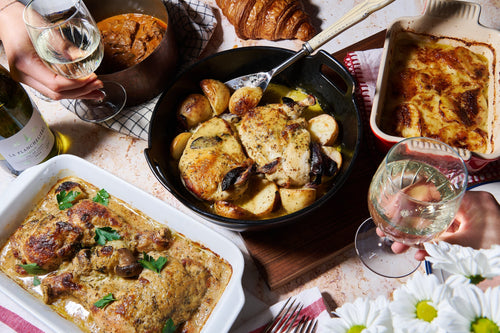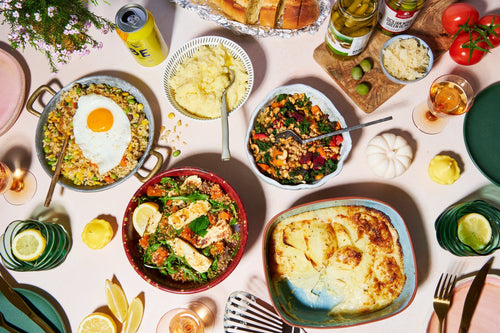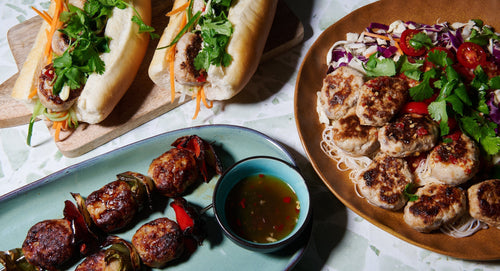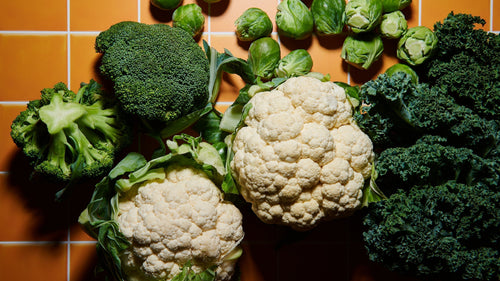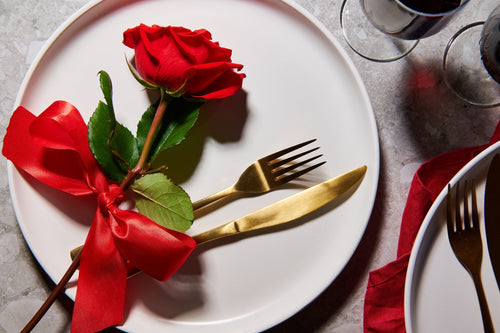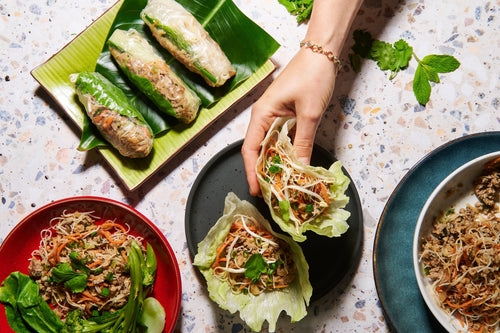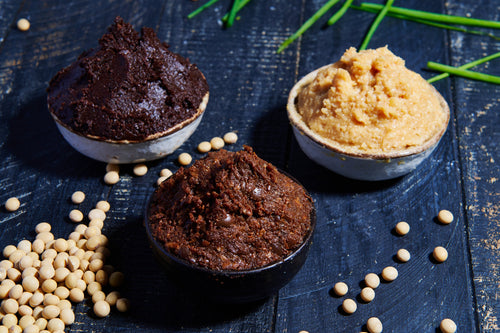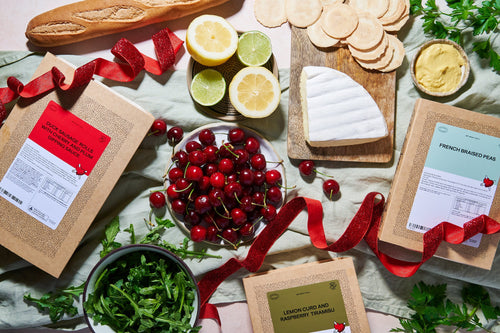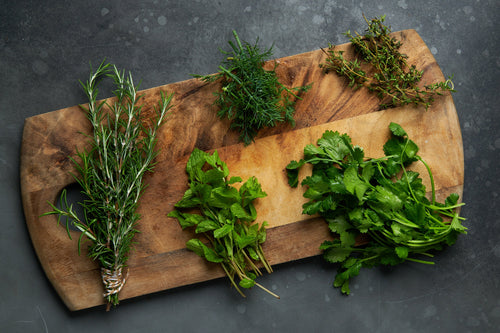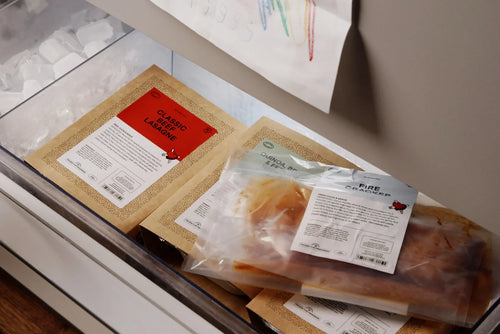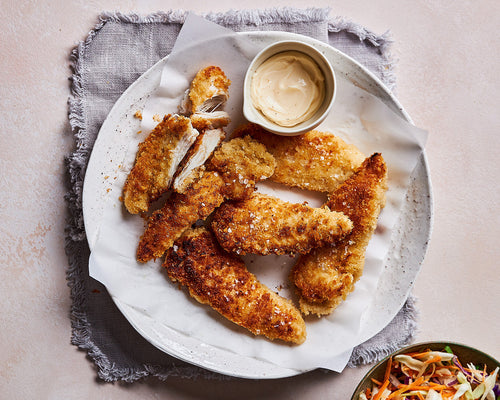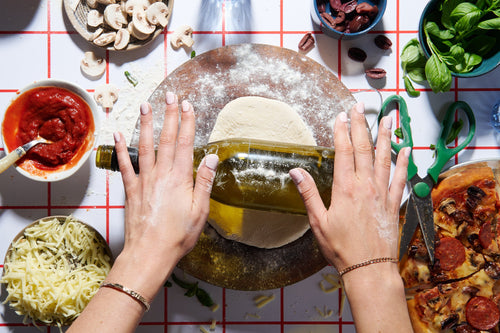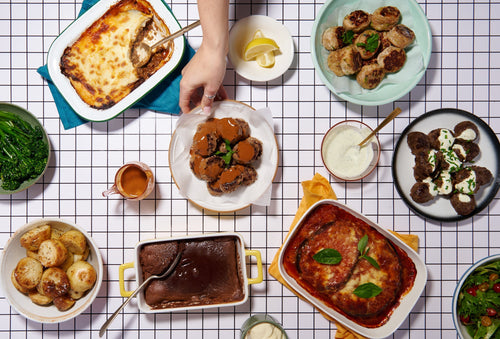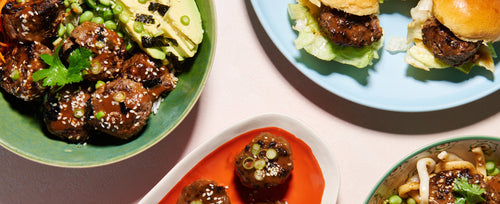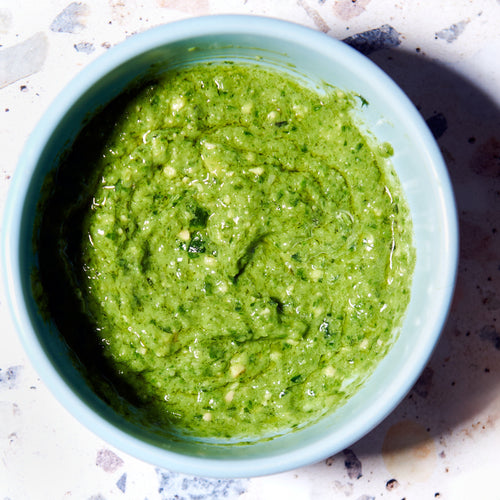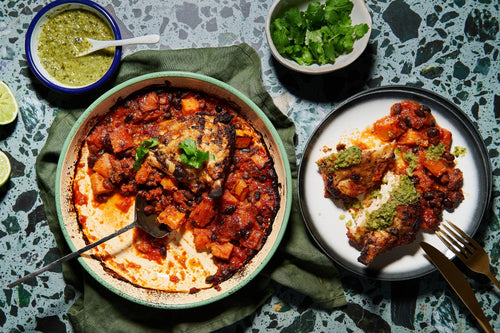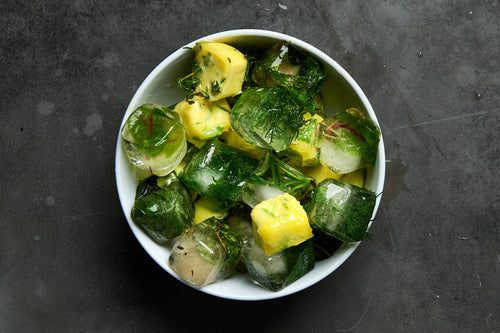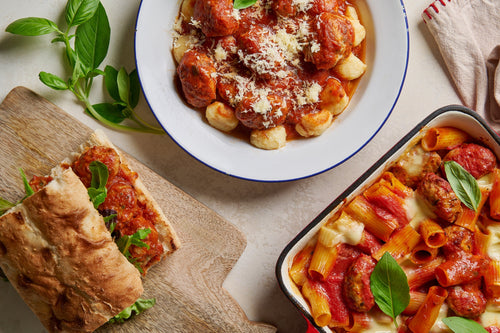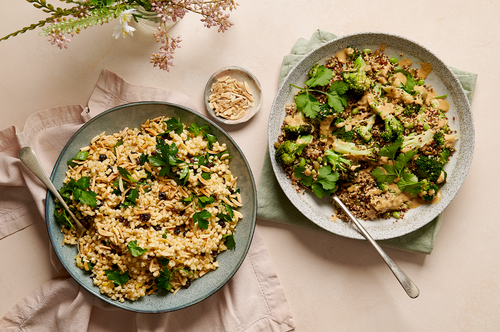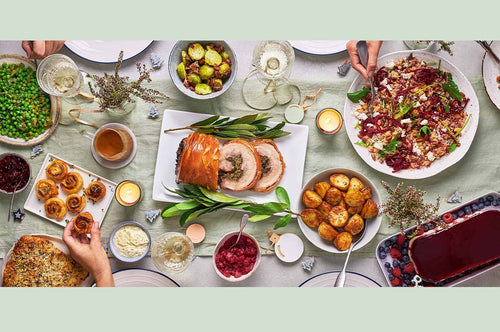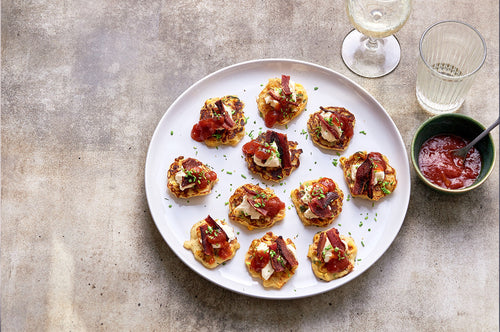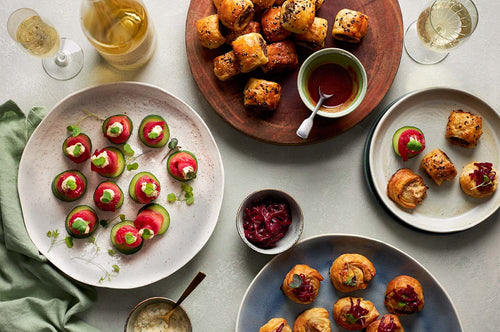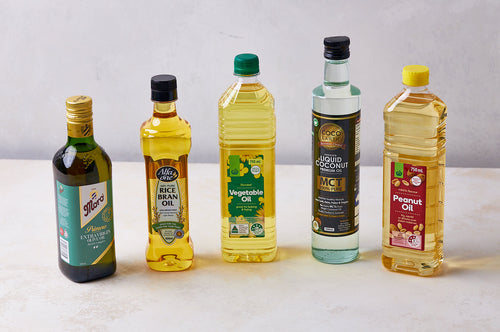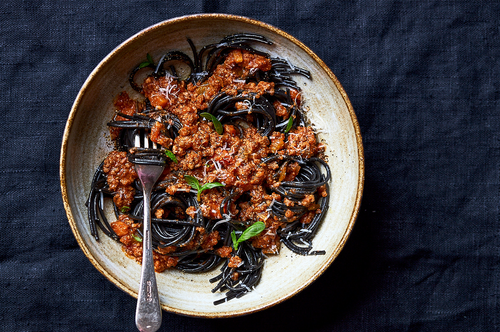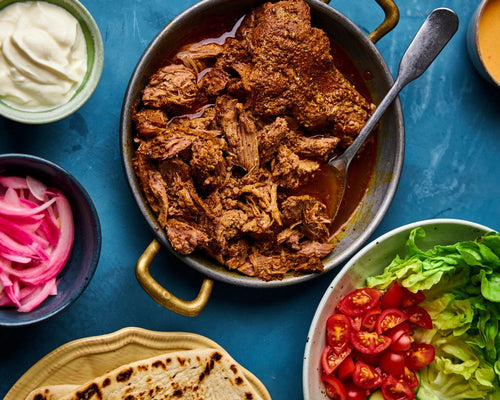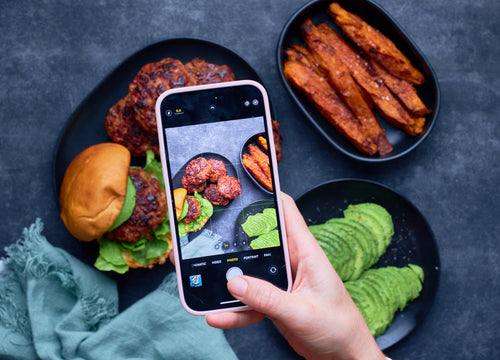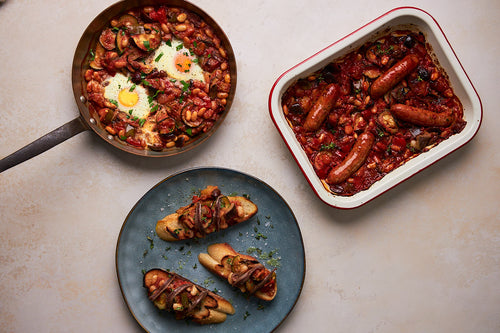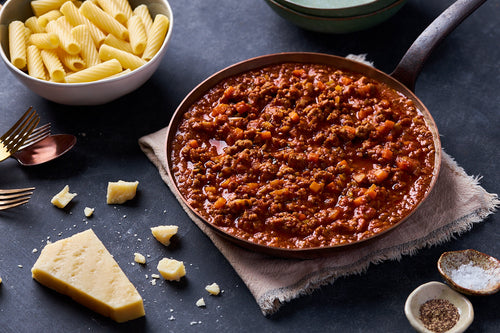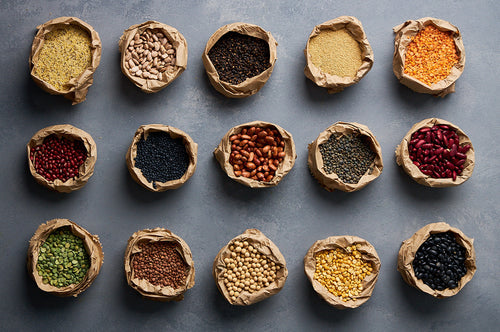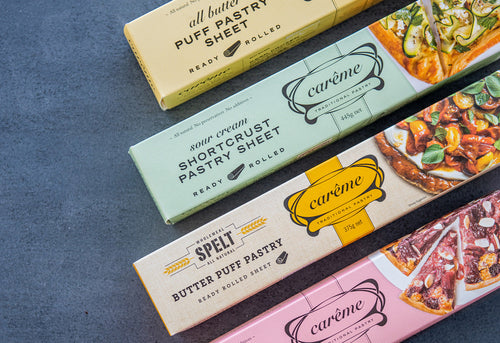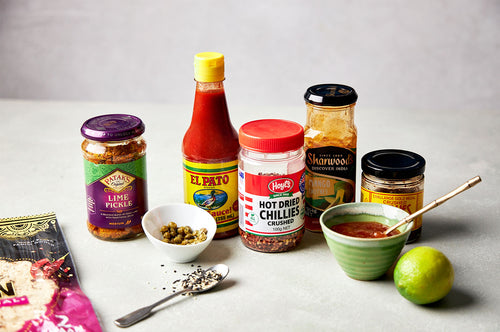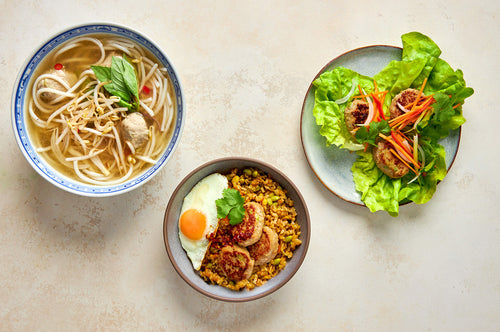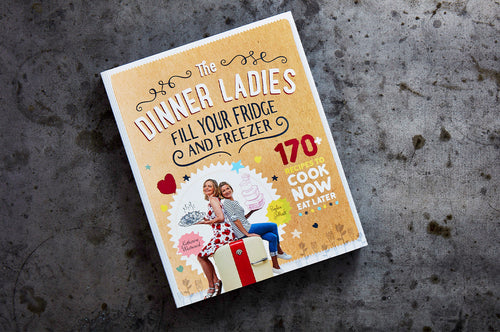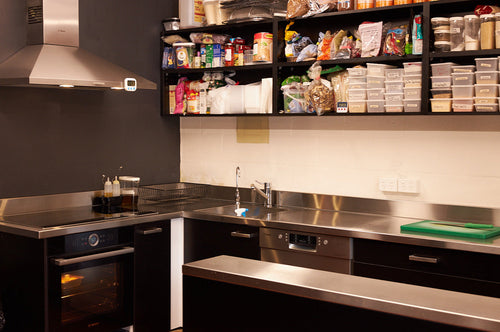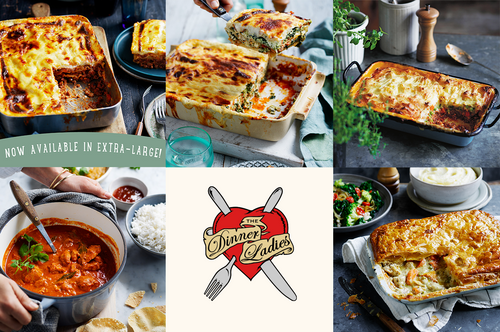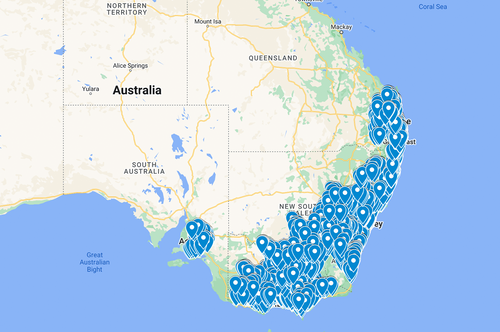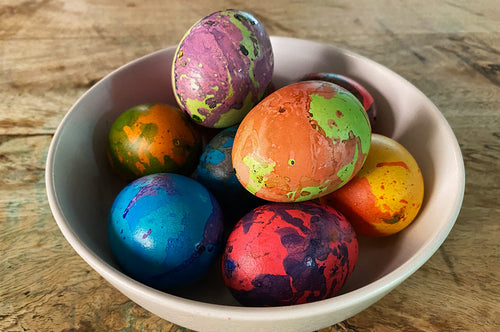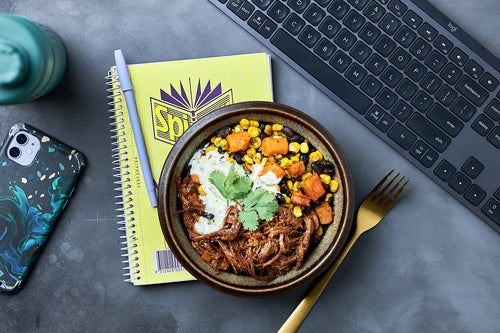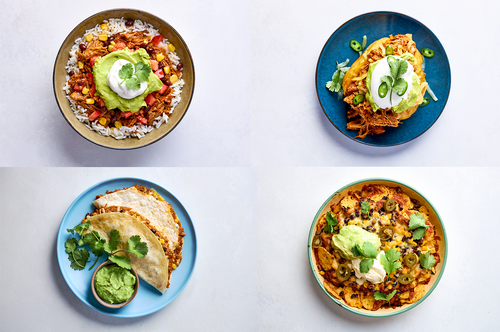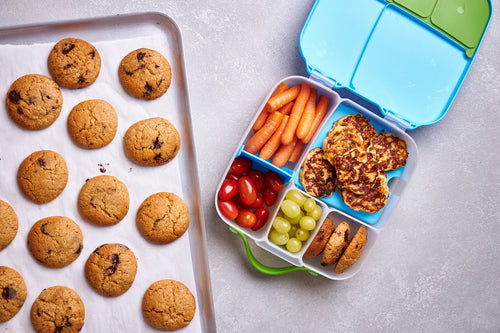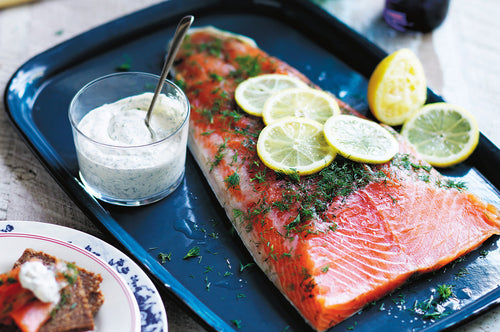It should come as no surprise to you that we’re huge fans of freezing. It’s one of the oldest, best and most efficient ways to store nutritious homemade food, without needing to use any nasty preservatives. Read more about why we love frozen here.
In a time of unpredictable lockdowns, it’s comforting to have a supply of jigsaws and a well-stocked freezer. If only so you don’t have to be heading out to a crowded supermarket too often. So, as well as keeping your freezer nicely plump with Dinner Ladies meals, we’ve some hints for making it a treasure trove of organised deliciousness. Your freezer is a tool to help you weather a pandemic, without either running out of bread or going all Doomsday prepper and stockpiling dogfood for the end of days.
GETTING ORGANISED – DOES IT SPARK JOY?
- If your freezer’s big enough, copy Marie Kondo and use plastic crates to store food by theme. Depending on how you like to eat, this might be vegetarian, meat, fish, chicken, or soups, stews, bakes, sides or even breakfasts, lunches, dinners, snacks.
- We recommend ziplock bags for freezer storage, rather than containers. (Although containers do come in handy when you’re portioning out hot stews or soups to freeze.) Bags take up less room – the most valuable commodity in your freezer. Squeeze the air out of the bag before you seal it, or buy a snazzy vacuum sealer. Many of us changed to Tupperware from plastic bags years ago, for the sake of the environment, but you can now get reusable silicone bags for the freezer, and biodegradable ecofriendly ziplocks.
- Labelling everything, clearly and visibly, is the key to an organised freezer. Don’t think ‘I’ll remember that’s bolognese and that’s fish curry’ – you won’t! It’s annoying to defrost chicken soup, then discover it’s stewed apples. Label bags or containers with strips of masking tape and thick pen. Use coloured pens to help you quickly spot different types of meal, or different dates of cooking – or both! If you’ve a small freezer, space is even more vital. The vacuum sealer will pay its way. And when you’re buying, say, bags of frozen vegetables, find your favourite brand and always buy the same – they stack tighter and neater when they’re identical.
- When you’re freezing home-cooked food, let it cool to room temperature, then chill in the fridge overnight before moving to the freezer. Don’t every put hot or warm food directly into your home freezer or you’ll thaw the surrounding food. And, as a general rule, a full freezer runs more efficiently than one with empty spaces.
WHAT CAN I FREEZE?
- You can safely freeze anything that hasn’t already been frozen. Some supermarket meat has already been frozen and thawed before you buy it – the labelling should say that, so always check.
- Think about what you want to freeze in your newly organised freezer. How will it make your life easier? We know plenty of super efficient people who make double of every meal and freeze half. Cool and chill food before dividing into portions (single, double, or family size) to freeze. Freezing single serves in advance (when hunger pangs aren’t hampering your will power) is a great help for anyone who has problems sticking to ‘portion control’.
- And – incredible hint from the very organised Country Women’s Association – when you’re baking, freeze one tray of unbaked biscuits or muffins on their baking tray, or cake mix in its tin, covered with freezer wrap, ready to be whipped from the freezer and into the oven when a friend drops around unexpectedly. Mind-blowingly clever!
- If you’re in a small household and find bread goes mouldy in the bread bin before you’ve finished it, get into the habit of splitting the loaf into two bread bags and freezing half when it’s fresh. You’ll never run out of bread again.
- And, when you do have the odd slice of bread leftover, whiz it into breadcrumbs and freeze for sprinkling on bakes or pasta gratin.
- When your bananas are too soft and brown to enjoy fresh, peel, chop and freeze. You usually need two for banana bread, or one for a smoothie, so portion into bags accordingly. And label!
- If you do make smoothies, keep an area of the freezer especially for smoothie ingredients, and colour code them.
- Freeze leftover herbs in ice cube trays (once they’re frozen, transfer to bags) to chop up into curries, stews and pasta – they keep their great flavour but can be a little discoloured and droopy, so add to cooked dishes, rather than salads. Alternatively, mix them into softened butter, roll up in cling wrap and freeze that way.
- Freeze leftover wine in ice cube trays, too. It’s great for adding to stews or risotto.
- If you enjoy making stock from leftover roasts and bones (great flavour and generally healthier than salt-laden shop-bought stock), then simmer it right down until it’s very concentrated and freeze in ice cube trays (once again, when it’s frozen you can tip the cubes into freezer bags).
- Always cook extra rice or quinoa and freeze in labelled bags for a quick meal.
When seafood, meat, bacon and so on are on sale, buy larger quantities and separate out into portions. Divide with Go-between or baking paper, so you can pull out just a couple of slices whenever you need.
HOW LONG CAN I FREEZE IT FOR?
- You’ll find all Dinner Ladies dishes are clearly labelled with their ‘best before’ date. All the information you need should be on there.
- We recommend that seafood dishes can be safely stored in your freezer for up to 3 months and everything else can be stored for up to 6 months. That’s a good rule of thumb for any homemade meals you’re freezing yourself, too.
- If you’ve a side-by-side freezer, don’t store anything important in the door (eg meat, chicken or seafood). That part of the freezer is warmer, especially if, like us, you have hungry family members who open the door a lot!
- Many people keep their flour, sugar and rice in the freezer to ward off weevils in pantries – the fridge door is a great place for them.
- Keep an inventory of what’s in your freezer – yes, you are now that super efficient person! Have a little notebook in the kitchen, or a list stuck inside the freezer door, with a pen attached. Keep the list up to date; add to it when you’re freezing something new, but don’t forget to cross off what you use up too.
- And – most importantly – use it or lose it! There’s no point in having all that great food ready to go if you don’t eat it. Plan ahead at the beginning of the week and enjoy a couple of meals from the freezer to take the pressure off busy days. Don’t stock up until it’s bursting at the seams, unless you’re waiting for Doomsday!

